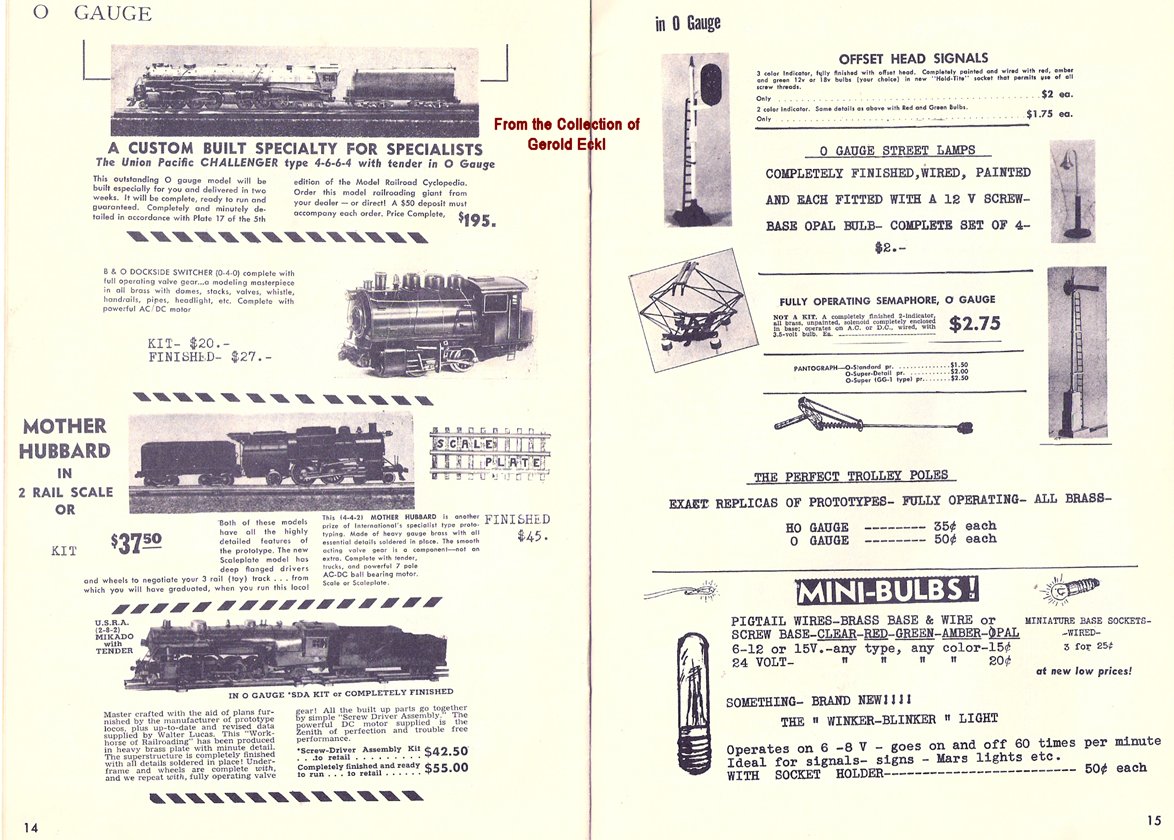Looking for 2 rail CNJ, especially brass pieces is often a thankless task. Hours spent searching to find nothing. For that reason I was toying with converting a 3 rail Williams Camelback to 2 rail and adding detailing. Finally after at least 15 years of searching I came across this item on that auction site. To say I'm thrilled is an understatement. While it is not an exact replica of a T38 CNJ Camelback, it is the closest I have found. The drivers even scale out to the correct 69" which is what really set these ten wheelers apart for me.
Now the question of who manufactured this? Any guesses?
I haven't been inside, but it's not hard to see that it is a large open frame motor set at an angle with the shaft gear connecting to the main gear on the center driver. I am guessing 50's vintage as the detail on the back head, while fun, isn't very accurate. Also the steam dome is short as is the exhaust stack. This is minor to me though compared to the overall feel of this.
First a way back machine image of my Williams 3R model. Not a bad rendition as the Camelbacks didn't have a ton of exterior appliances. Just for comparision.
This is the 2 rail one I recently picked up.
Again any thoughts on the manufacturer would be helpful. Thank you!







![IMG_5819_zpscebki30t[1] IMG_5819_zpscebki30t[1]](https://ogrforum.com/fileSendAction/fcType/0/fcOid/149661645510609979/filePointer/159519380307497099/fodoid/159519380307497095/imageType/MEDIUM/inlineImage/true/IMG_5819_zpscebki30t%255B1%255D.jpg)
![IMG_5819_zpscebki30t[1] IMG_5819_zpscebki30t[1]](https://ogrforum.com/fileSendAction/fcType/0/fcOid/149661645510609979/filePointer/159519380307497099/fodoid/159519380307497095/imageType/SQUARE_THUMBNAIL/inlineImage/true/IMG_5819_zpscebki30t%5B1%5D.jpg)







